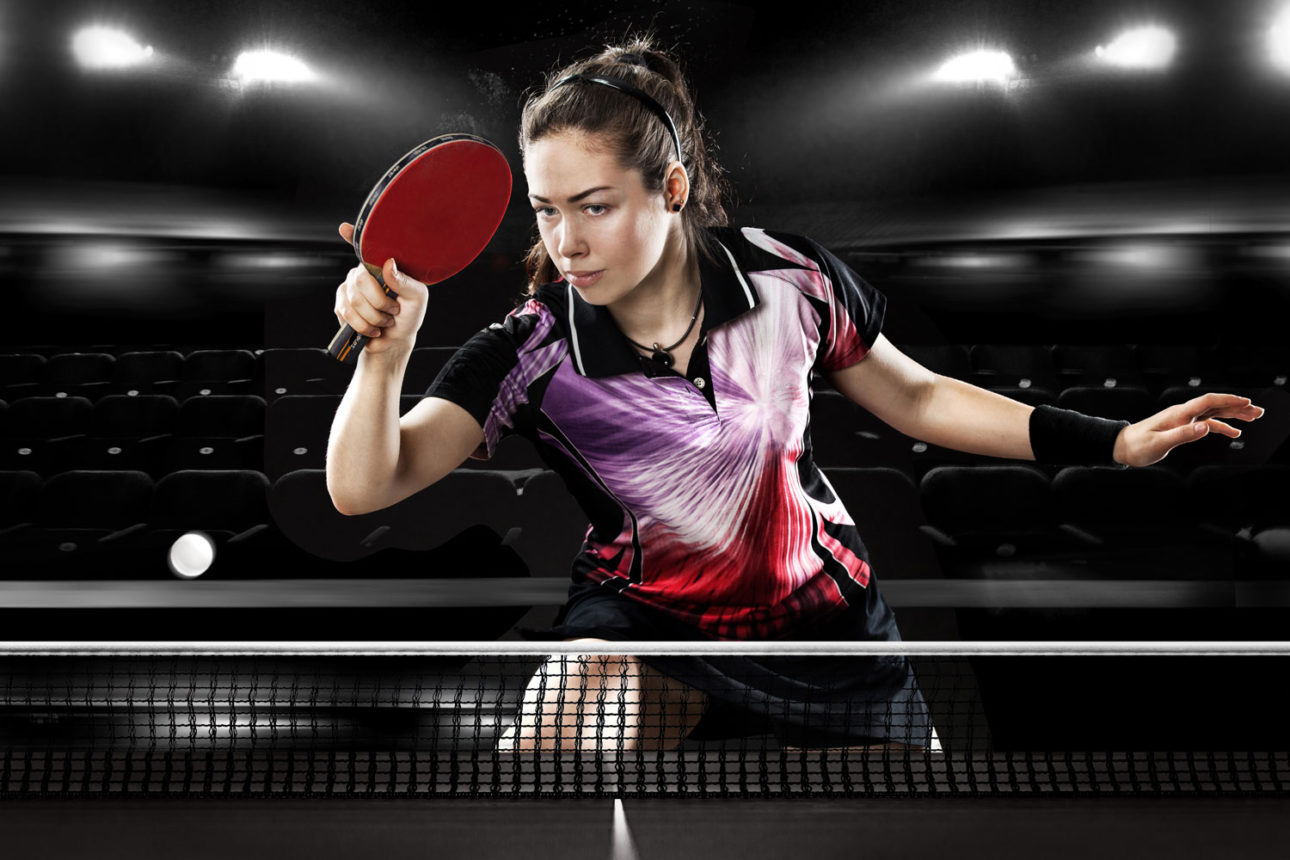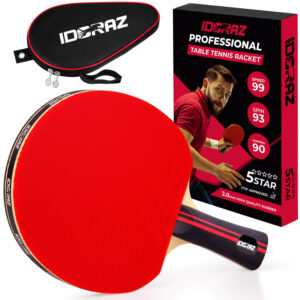Ping Pong is one of the most popular sports in the world. The sport was first introduced to the world around the 1880s. Since then it has come a long way. It is also a part of the Olympics and many other global sports events. One unique thing about Ping Pong is that it is played on a hard table which means it can be played indoors as well as outdoors, however, it is mostly played indoors.
Like other popular sports, badminton, and tennis, ping pong is also a racquet sport. Your equipment and gear play a very important part in your game. They can either aid in boosting your game or destroy it altogether. The most important piece of equipment in Ping pong is the ‘racquet’. If you want to excel in ping pong you should have a good racquet and more importantly, you should know how to use it in the best way possible. After you have chosen a racquet that matches your skill set you should learn to use it in both offensive and defensive ways. Like any other sport, you have to have an offensive or defensive strategy while playing ping pong. Your strokes and strategy can change according to the nature and circumstances of each individual game. It is ideal to have both types of strokes in your arsenal. The best ping pong players play a mixture of both strokes in every game they play. There are many different types of ping pong strokes that one can play however some of them are given below;
There are four basic strokes in Ping Pong
- Backhand Push
- Backhand Drive
- Forehand Push
- Forehand Drive
Backhand Push
In a backhand push, you have to move your waist to the left while drawing your arm across to the left side of your body. Your elbow should be close to your body. You should put all your weight on the back foot and then draw your racquet up and back while your wrist is bent back.
Backhand Drive
Like Backhand push, you have to move your waist to the left while drawing your right arm across your body to the left side in a way that it forms a 9 O’clock position. To keep your balance during the positioning the weight should be transferred to the left foot. Try to move your forearm slightly forwards and in an upwards direction.
Forehand Drive
Take a sideways stance while standing close to the table. Your racquet arm should be in line with the perceived route of the ball. You should move your arm slightly forward and upwards. You should use your free arm and legs in order to balance your body and stroke. Your upper body should rotate about 45 degrees to the right while playing the stroke.
Forehand Push
Unlike forehand drive, for forehand push your stance shouldn’t be on the sideways, rather your stance should be in the line of play. Use a short stroke to move your racquet arm horizontally. You should use your free arm and legs to balance your body and stroke.
These are the four basic types of ping pong strokes however Ping Pong is a very game with broad aspects including several different types of offensive and defensive strokes. Other strokes include:
Speed Drive:
Speed Drive is when you hit the ball hard in order to put pressure on your opponent. It is one of those shots that don’t need to be executed with a landing spot in mind. You can even play this stroke in order to keep the ball in play. It can help to wary down your opponent and can give you an opportunity to strike a better stroke.
Flick (Flip)
When the ball has yet to bounce off the edge of the table and the player tries to attack it then that stroke is called a flip. In this stroke, the backswing is compressed into a wrist flick.
Loop Drive
Loop drive is the opposite of speed drive. In Loop drive, you position your racquet in such a way that it gives the ball a very high topspin. It can be very beneficial in crunch times as this stroke can alter the route of your opponent’s return stroke.
Smash
A stroke where the opponent has returned the ball to you with a high bounce. You can use speed and backswing in order to smash the ball back to your opponent.
Block
As the name suggests, the block is a defensive stroke where you just put the racquet in front of the ball just after the ball has bounced off the table. This returns the ball to the opponent with the same acceleration that it came with.
Lob
Lob is another defensive stroke. To play this stroke you should position yourself a little far away from the table and then strike the ball in a way then it lifts to a few meters and then drops on the opponent’s side of the net.
These are a few of the major strokes in ping pong. You can be a champion if you have the knowledge and skills to play a diverse set of ping-pong strokes.


